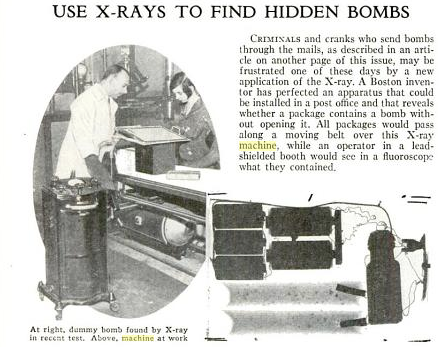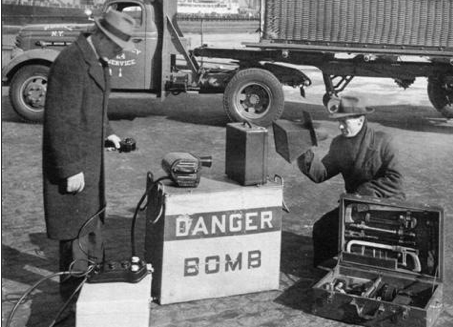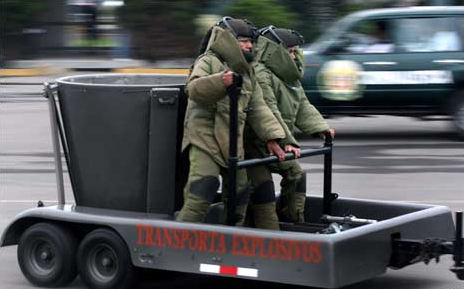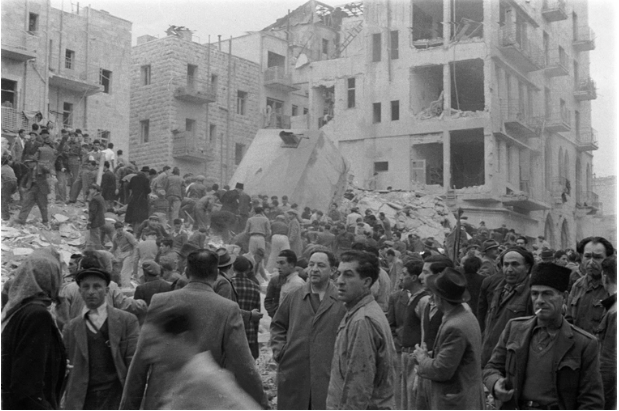The Brod Martolisi was a high sided, commercial trading ship, of 800 tons, probably built in Dubrovnik some time before 1585. It was a little under 100ft long. It was owned by Petrov Jug and Jaketa Martolosic, traders operating from an Adriatic base. “Brod Martolisi” means “Martoli’s ship”, probably referring to the latter of the two owners. The ship served a wide range of trading in the Mediterranean and beyond. In 1586 it was returning from a long voyage to England, with a cargo of wool, due to be delivered to somewhere in the Eastern Mediterranean.
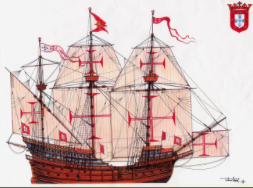
The ship called in to the port of Termini in Sicily, then under the control of the Spanish. There, the Spanish viceroy was having trouble mounting support to a military operation in Cartagena. So he simply requisitioned the vessel and crew, offloaded the wool, and put aboard 300 Sicilian mercenaries. The captain at that time was Luka Ivanov Kinkovic.
By 1588, the ship was still being used by the Spanish as a troop transport as preparations for the the invasion of England began and the Spanish naval fleet prepared itself. The ship was one of the bigger vessels in the fleet, essentially a large troop transport. A Spaniard, Don Diego Tellez Enriquez,was put aboard as the nominal commander, but it is thought the original captain (referred to in Spanish as Luca de Juan) remained skipper. The ship, by then renamed formally Santa Maria de Gracia y san Juan Bautista, but referred to as San Juan de Sicilia underwent minor adaptations for the joining the Armada, including fitting 12 guns. The ship was part of the “Levant squadron” of the Armada. The squadron consisted of 10 ships, with 767 seamen and 2780 soldiers. Aboard the ship when it set sail for England were 3 contingents of troops, – Sicilians, Flemings and Spaniards. The senior officer of the troops was Don Diego Tellez Enríquez.
In the battles with the English along the Channel, as the desperate attempts of the English Navy kept the Armada at bay, initially the ship played only a small part, but later near Calais, it was at the heart of the sea battle. One story recounts how the sea was stained red with blood in its wake, so much damage and injury was caused aboard. It is also suggested that the ship might have been lost to English boarders, had it not been the deterrent of the high sides of the ship. The Spanish fleet decided to retreat, by sailing north around Scotland. The San Juan lagged behind, its masts and rigging severely damaged. The English fleet in the main did not chase the Armada because they were concerned with other Spanish forces holed up in Holland and they had, by and large, run out of ammunition anyway, and the fleet was suffering from an outbreak of typhus.
On 20th September 1588 as the remaining ships of the Armada were off the west coast of Ireland there was a huge storm. It wrecked many Spanish ships on the Irish coast. Lagging behind because of damage to its sails, the San Juan was hit off the Western Isles of Scotland, suffered more damage and sought refuge there. It was spotted off Islay on the 23rd September and a few days later it put into the small bay at Tobermory on the Isle of Mull, north of Islay. Negotiations were opened with the local clan leader of the Clan McLean, and for some weeks the ship was repaired, and the troops aboard acted as mercenaries for the McLeans in a local dispute with rival Clan MacDonald.
Finally, repaired, re-victualled and re-supplied, the ship was about to set sail and still within the bay when a massive explosion occurred and the ship was destroyed. The entire ship forward of the mizzen mast and above water was blown apart and the ship sank immediately. Only two people survived, both occupants of a cabin that was completely blown the hundred yards to shore, where, shaken and injured they emerged. (This latter story may not be true).
Now the question is, what caused this explosion? There are a number of possibilities – accident, sabotage by the local McLean clan when by some reports they fell out with the Spanish who had been supporting them, or could it have been another unseen hand initiating the sabotage? I want to explore the latter, and look at the role of Sir Francis Walsingham, the English spymaster and and true master of intrigue.
Walsingham maintained a spy network, of course, in Scotland, then not part of the Union. One of his Scottish spy networks was controlled by the “Head of Station”, William Ashby, who worked within the English Embassy in Edinburgh. Walsingham had other agents throughout Scotland, included John Smollett, a merchant in Dunbarton. Walsingham put out a request for intelligence about any sightings of the Armada’s ships in Scotland and in September, Ashby started to report the sightings of large ship, variously in Islay and then Tobermory. Here is Ashby’s first report (ignore the wrong date and the over estimate of the tonnage).
‘As I had writ this letter Sir William Kith send me wourd that Mack Cleiden an Irishe Lord in the isles wrot to the K. that on Fridai the 13 of September there arrived a greate ship of Spaigne of 1400 tons, having 800 soldiours and there commanders; at an Iland caulled Ila (Islay) on the west part of Scotland; thether driven by weather, thei thinke that thei rest of the Fleat is driven on the north part of Ireland; I will make further inquirie and presentlie certifie your honour with sped: thei report this ship to be fournished with 80 brass peces, She beaten with shote and wether
The difference in the date can be ascribed to the ten day difference in calendars used by England and the rest of the world at the time. 13th September in Spanish and Scottish calendars was the equivalent of 23rd September in the English calendar. The assessment of the tonnage of the ship is not relevant and perhaps a typical exaggeration. Ashby clearly has interesting intelligence sources within the royal court in Scotland (“K” being the King James VI)
It would appear too, that John Smollett played a key role in re-victualling and re-supplying the ship in Tobermory bay. Much more interestingly, in another secret letter to Walsingham on 26 November, Ashby writes:
the partie that laid the traine (fuse)…the man knowen to your honour and called Smallet’
As to the technical aspects of the intrigue, it remains possible the explosion was caused by the drying of gunpowder in the open air on the deck and that was the cause that a later Spanish inquiry came to conclude, albeit I think based on speculation themselves. Procedures at the time for drying powder are not known but it is hard to imagine that it would be done with anything other than small quantities at a time. It’s also hard to imagine that it was dry and sunny enough in Tobermory in November! But the explosion must have been of the entire magazine and I think that is hard to ascribe to drying explosives on deck.
That leaves us with the saboteur theory. I think that the saboteur theory has some speculative merit because:
- The ship had been resupplied and re-victualled, providing an opportunity for a saboteur to get aboard or have a device put aboard. The several weeks the ship had spent in Tobermory allowed times for the sabotage operation to be put in place. The supplier, Smollett, was an agent of Walsingham.
- Ashby specifically uses the phrase ”laid the train”, which is clearly, I think, a reference to an explosive train in an IED. A similar set of words is used , just a few years later to describe the actions of Guy Fawkes.
- The indications are that the whole magazine exploded, if there was a fire first, some of the crew would maybe have been expected to have abandoned ship as the fire got close to the magazine. An accidental fire of powder drying on deck would not necessarily cause the magazine to detonate.
- Walsingham had the best motivation, and everything we learn about him suggests a willingness to use these tactics, and he had a demonstrated a direct intelligence interest in the Spanish ships in the Western Isles.
- Walsingham had the technology because not least he had hired Giambelli three years earlier. Even if the device was a simple IED , then that would of course not have been a problem for Walsingham’s resources. The actual technique for initiating the device would have perhaps have been a burning fuze, similar to the “match” of a matchlock – a slow burning igniferous fuse. The magazine would have contained slow fuses for initiating cannon, of course. But a clockwork timing mechanism was within the technical capability of the English secret service at the time, and arguably more easily to conceal inside a barrel of gunpowder than a burning fuse which would protrude. A booby trap using a wheel-lock mechanism is also theoretically possible.
Warships in foreign ports have been and always will be potential targets for attack by IEDs.
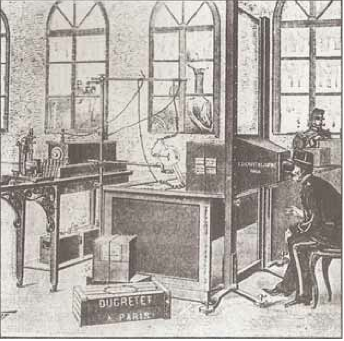
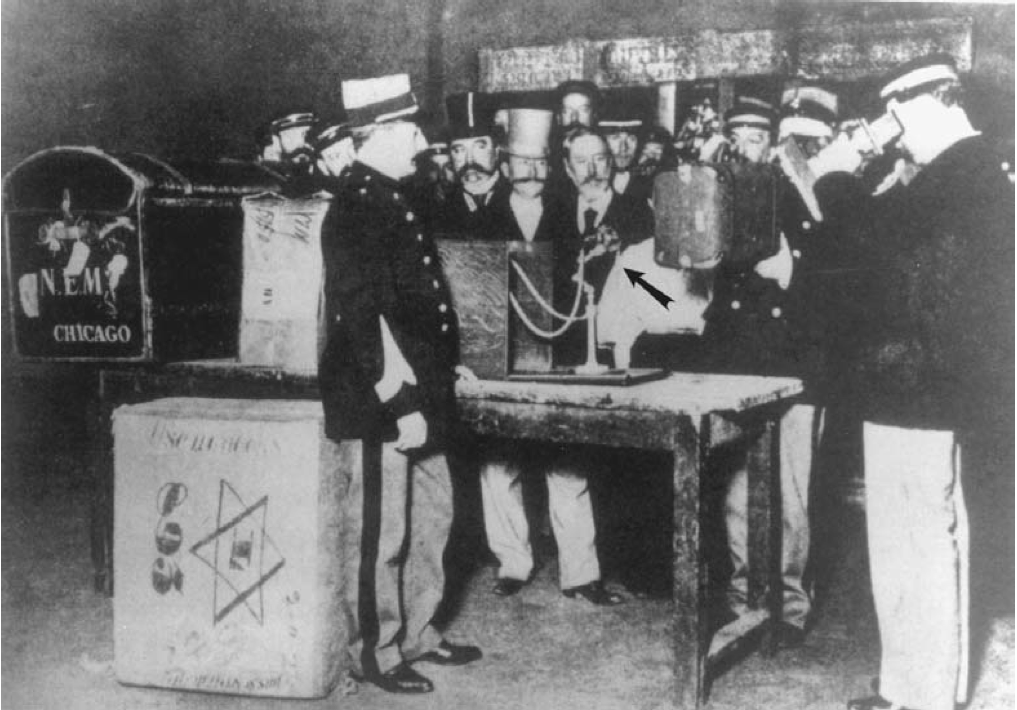
 Roger Davies
Roger Davies